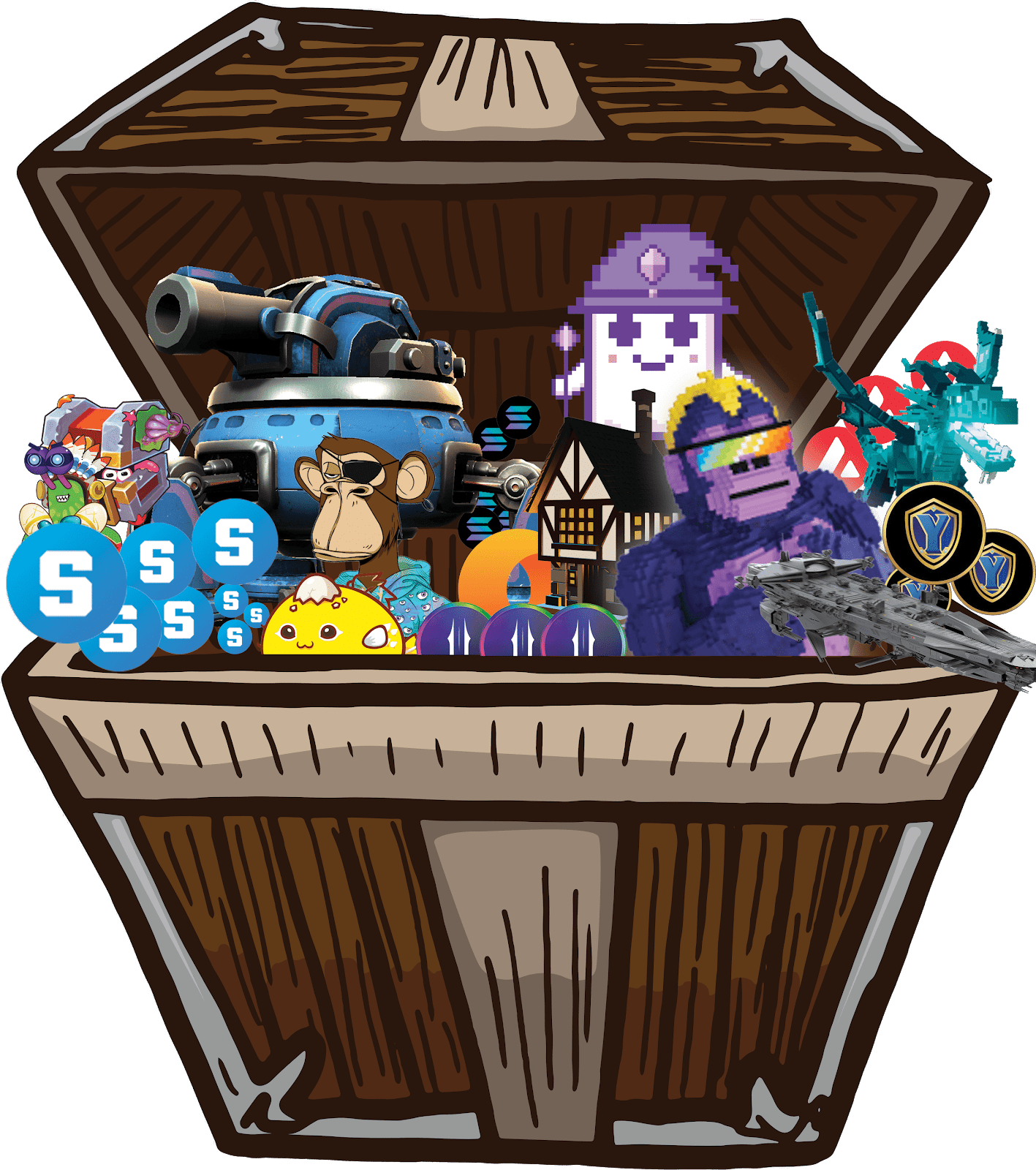Fief: Banking in the Metaverse
Every day the gaming and metaverse sector in Avalanche evolves more and more, and with it its complexity. The liquidity and volume that some of the NFT games in the Avalanche network (such as Crabada or Chikn, among others) have managed to obtain are a clear example of the immense economic opportunities that the sector presents and that have yet to be exploited. It is this economic aspect of the metaverse that Fief, ‘the first banking guild of the metaverse’, wants to focus on. They describe themselves as a guild, something like a DAO but focused on the gaming sector, where the first objective is to amass liquidity from those major assets in the metaverse sector. Every day I can read on the Twitter feed how a few lucky ones proudly tell of the huge amounts of money they generate by playing, either with their crab teams or by selling the eggs their chickens lay, with really impressive income figures. The problem here is that unless you have been there from the beginning or can afford the high floor price of an NFT game with high hype around it, you probably won’t be able to enjoy those huge profits while playing.
The medieval approach to the project is interesting, as the concept of ‘fief’ is the income that the feudal lord gave to his vassal, in exchange for his services. In this case, the feudal lords are the owners of the assets (either NFTs or tokens) and the vassal is the gamer. Continuing with medieval terminology, a guild was where merchants or artists met with the aim of reaching agreements beneficial to them; in this case, it is decentralized finance and play-to-earn gaming. Interesting, isn’t it?
Fief aims from the start to attract as much liquidity as possible (tokens and NFTs) and make use of it to capitalize on the very high potential revenues from the metaverse, as well as to generate scarcity in those assets in which they are involved. Their initial goal is ambitious, as they intend to “require every guild, user, and project to conduct their business via the Fief platform“. To this end, they have designed an initial plan divided into three phases:
- Phase 1 – Treasury Growth
- Phase 2 – Treasury Deployment & Asset Acquisition
- Phase 3 – Banking Protocols
Phase 1 will seek to grow its treasury through its own FIEF token and the sale of its membership NFTs, which will be sold in exchange for AVAX and stablecoins. The liquidity attraction strategies and their management will be fully public and will seek to incentivize those who stake their token through buybacks and other utilities. If you want to know more about Fief’s tokenomics, click here. 
In phase 2 they intend to deploy the capital raised in search of:
- In-game/P2E currencies with strategic upside
- Metaverse & DeFi governance tokens
- Virtual world (LAND) & related NFTs
- In-game NFTs
- Game-specific node purchases and operations
These points will not only focus on the Avalanche network but will be extended to other networks of interest, once the project is more mature. Regarding phase 3, it is still too early to give details, but Fief tells us that the functionalities currently being explored are as follows:
- Direct NFT leasing & sales exclusive to guilds, funds, HNIs and FIEF token holders
- Metaverse token swaps and treasury solutions
- NFT CD services to earn interest or to “level up” in-game items
- Traditional capital lending and investments
The project is undoubtedly very interesting and has a very high potential. Moreover, the aesthetics and the medieval language that has been given to it are also excellent, as it is a way to give shape and color to something complex to understand, as well as making it more attractive. Soon we will see their first steps and hopefully they will be able to carry out their ambitious plans, keep an eye on them! This article has only scratched the surface of what they have to offer, if you want more details I recommend visiting their blog, where you can see in detail the differences between the future guild factions and their role.



